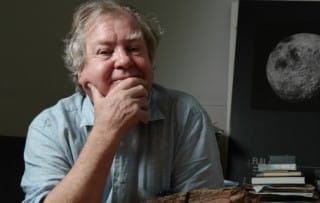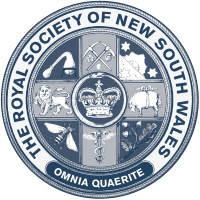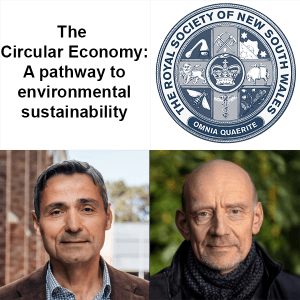
“Astrobiology: the latest from Curiosity” – Professor Malcolm Walter
“Seven seconds of terror” was how the operators at the Jet Propulsion Laboratory in the US describe the landing of ‘Curiosity’, the latest rover mission that landed on Mars in August last year. In the last stage of the landing, the entry vehicle hovered about 80 m above the surface of Mars and lowered Curiosity (which weighs nearly a tonne) by cranes to a gentle touch-down. Given that it can take up to 20 minutes for signals to reach Mars (or up to a 40 minute round-trip) there is a significant delay that constrains the Earth-based control station.
The purpose of the Curiosity mission is to understand the geological and biological context to determine whether life may have existed or, indeed, still exist on Mars. Mars is somewhat smaller than the Earth with the surface area of Mars being about the same as the exposed surface area of the Earth’s continents. Until as recently as 60 years ago, up it was thought that advanced life may have once existed on Mars and could have been responsible for the canals and other geological phenomena that have been observed through telescopes. It is now thought that the most advanced form of life to be possible on Mars would be single cell organisms, probably similar to those that existed on earth in the early stages of life. To put this in perspective life first appeared on earth about 3,500 million years ago and, until about 500 million years ago, consisted entirely of single cell organisms. Nearly all of the diversity of life on earth is microscopic, so it makes sense to look for this as the first signs of life in other places in the universe.
One way to understand what early life might look like is to examine geological formations in very old rocks, such as the 3,500 million-year-old rocks in the Pilbara. Fortunately, these rocks are of great interest to geologists because they often hold valuable mineral deposits, so quite a lot is known about them. They are known to have been formed by volcanic action, so a second, complimentary approach is to see what forms of life exist in active volcanoes. One such volcano is White Island in New Zealand. Single cell life forms have been found there in water up to 123°C, so it is now known that life can exist from about -30°C to over 120°C.
In order to try to understand the evolutionary context of these single cell organisms, biologists look at bio-markers in the geological samples that are characteristic of life and see how these evolve. This is analogous to looking at skeleton evolution in more advanced life forms. Already, a great deal has been learned about the geological environment on Mars. An early mission, Phoenix, found ice at northern latitudes. The channels suggest that there was flowing liquid at one point in Mars’ geological history. That was almost certainly water. Imaging shows that there is still channel formation taking place on the surface of Mars now which suggests that at times at least there is fluid flow. It is too cold for pure water, so if indeed this turns out to be due to rivers, they would have to be highly saline to be liquid at these temperatures.
Earlier investigations suggested that there was methane in the Martian atmosphere, however Curiosity has found none. The earlier observations are now thought to be due to a C-13 isotope of methane in the earth’s atmosphere.
Curiosity is an extremely expensive mission – it takes 265 people every day to keep it running but the contribution to our understanding of Mars and the origins of the solar system and, by implication other phenomena in the universe is enormous. There are a further 15 missions planned by various public and private agencies over the next decade or so.






